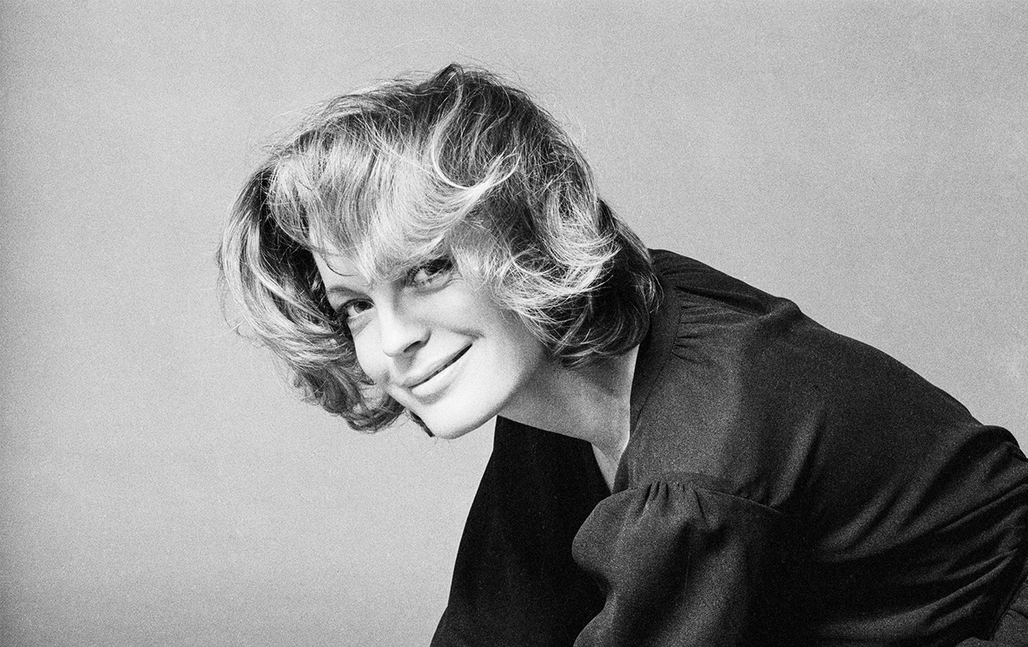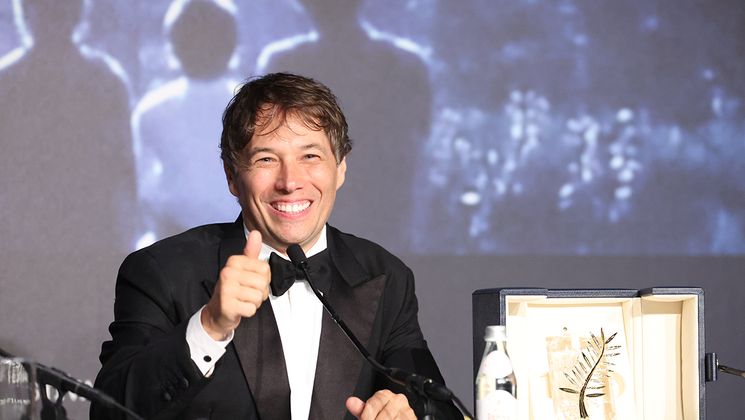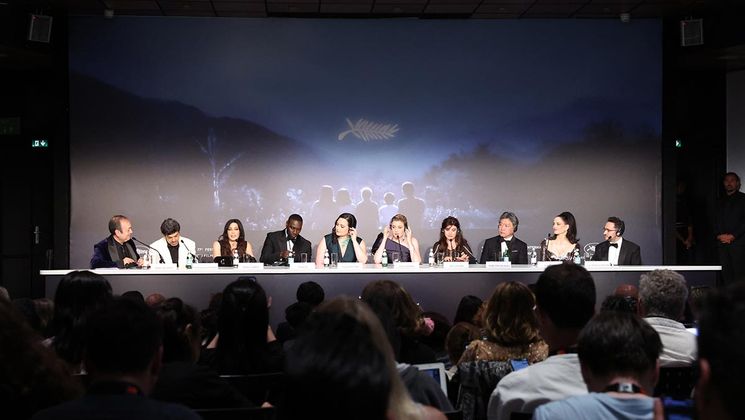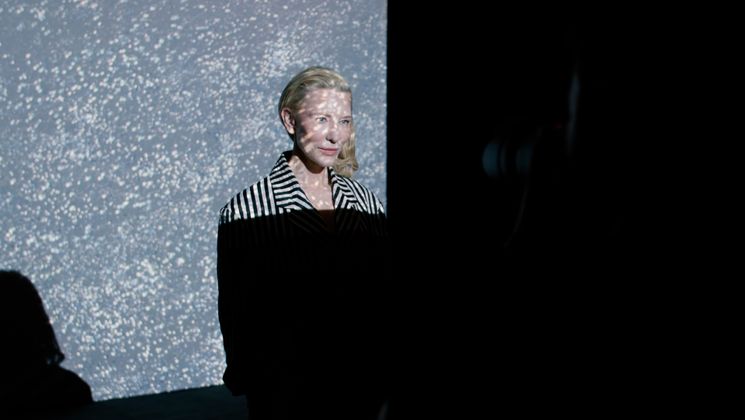
Romy Schneider, independent icon, as seen by Lucie Cariès

In Romy, Femme libre (Romy, a free woman), Lucie Cariès traces Romy Schneider's career in the light of her professional and romantic choices. In this documentary packed wtih archive footage of the iconic actress telling her own story, the director paints a portrait of an independent, determined and radiant woman.
You co-wrote Romy, Femme libre with Clémentine Deroudille. How did your collaboration come about?
Clémentine is also in charge of the exhibition on Romy Schneider at the Cinémathèque Française. She had the idea of pitching a film which took a fresh look at Romy Schneider. She contacted Félicie Roblin, a producer at Zadig Films, who approached me to direct it.
What do you mean by "a fresh look"?
Since her death, we have come to associate Romy Schneider with some of the roles she played and with the dramas in her personal life. And those are exactly the preconceptions that what we wanted to smash with Clémentine. We wanted to travel back to her era using the archives and discover what a determined, brave and radiant woman she was.
You tell the story by revisiting her choices, which she made despite the risk of turning her life upside down…
Romantically and professionally, she was always someone who went all out to get what she wanted. She left men, she left countries… She was able to break away and move on at each important moment in her life.
How much did her personal story influence her career?
I don't know whether she was drawn to roles that resonated with her. Romy Schneider's real interest was in exploration. She had such a great passion for her profession that she wanted to try everything. But she did regret not being able to return to the theatre, as she had with Luchino Visconti.
“With Luchino Visconti, they worked together to bring out the best in her”.
Is he the one who made an actress of her?
Definitely. He launched her on a very different path by making her work relentlessly and pushing her to her limits, with her best interests completely at heart. They worked together to bring out the best in her.
We associate Romy Schneider more with her character in L'important c'est d'aimer (That most important thing: Love, 1975), by Andrzej Żuławski…
More than any other character, Romy is Rosalie from César et Rosalie (1972), by Claude Sautet! The powerful chemistry between those two created absolutely timeless films which will never look dated. She was much closer to the character of Rosalie than some of the other, sometimes awful roles that she played.
What type of archive material did you work with?
I gathered together everything that she said at different moments in her life, from print, television and radio interviews. Some of the clips are from voice-overs. I used some extracts for Swann Arlaud's script: he is the film's narrator. I was twelve years old when she died; I tried to put that to one side so that I could rediscover her.
How did the collaboration with Swann Arlaud come about?
I've admired his voice for years and had made a mental note to consider him for a film one day. I very much wanted it to be a young, modern man, who could sometimes show his vulnerable side. I also wanted to give the impression of a discussion between actors. He didn't have to be in love with her, but to have a kind of closeness which didn't go too far.


